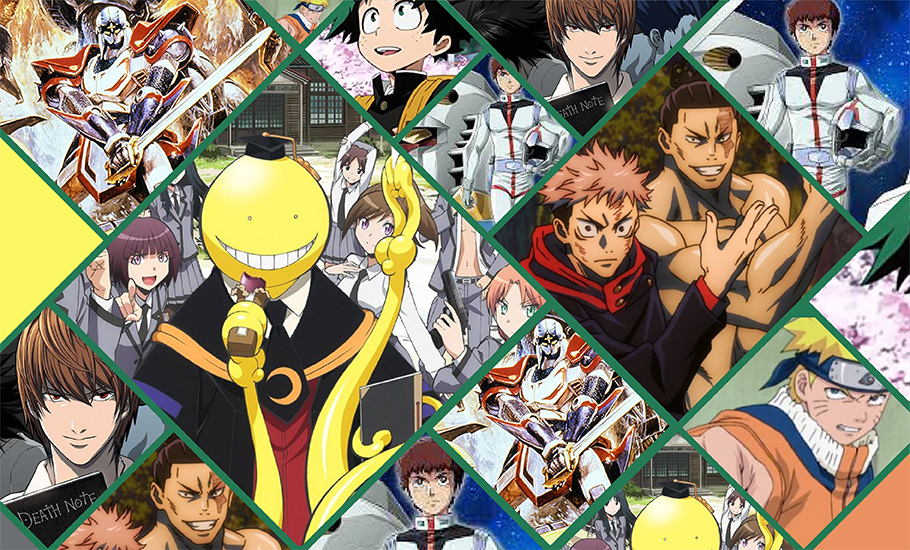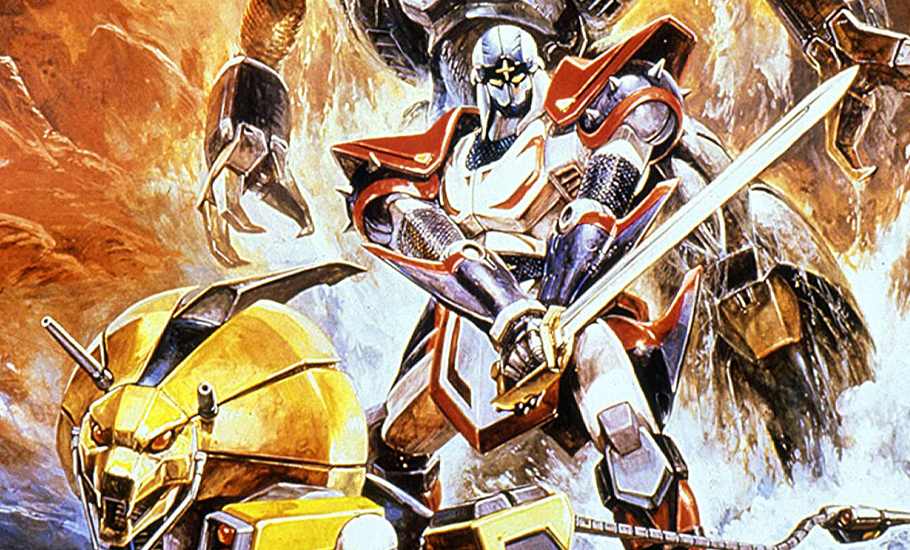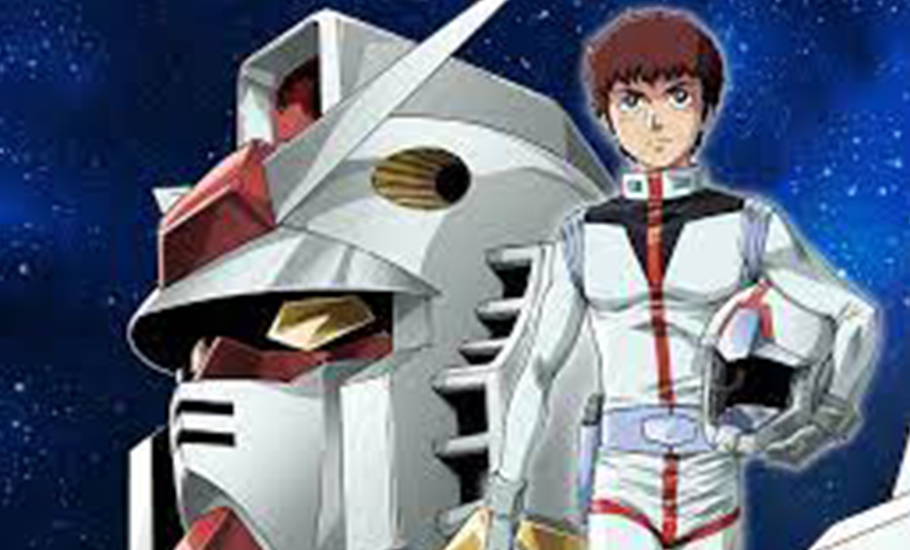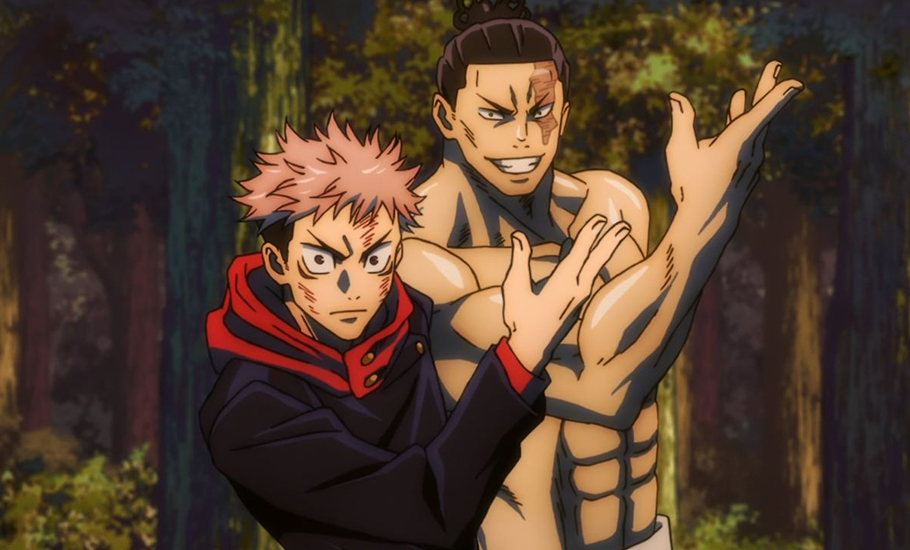
- Home
- India
- World
- Premium
- THE FEDERAL SPECIAL
- Analysis
- States
- Perspective
- Videos
- Sports
- Education
- Entertainment
- Elections
- Features
- Health
- Business
- Series
- In memoriam: Sheikh Mujibur Rahman
- Bishnoi's Men
- NEET TANGLE
- Economy Series
- Earth Day
- Kashmir’s Frozen Turbulence
- India@75
- The legend of Ramjanmabhoomi
- Liberalisation@30
- How to tame a dragon
- Celebrating biodiversity
- Farm Matters
- 50 days of solitude
- Bringing Migrants Home
- Budget 2020
- Jharkhand Votes
- The Federal Investigates
- The Federal Impact
- Vanishing Sand
- Gandhi @ 150
- Andhra Today
- Field report
- Operation Gulmarg
- Pandemic @1 Mn in India
- The Federal Year-End
- The Zero Year
- Science
- Brand studio
- Newsletter
- Elections 2024
- Events
- Home
- IndiaIndia
- World
- Analysis
- StatesStates
- PerspectivePerspective
- VideosVideos
- Sports
- Education
- Entertainment
- ElectionsElections
- Features
- Health
- BusinessBusiness
- Premium
- Loading...
Premium - Events

The anime subculture and its growing otakus world over

Ever since it was first created as a character art style in Japan during the 1960s, anime—a colloquial term for Japanese animation that refers specifically to animation produced in Japan—had been a domestic hit in its country of origin. Defined by Webster’s dictionary as “a style of animation originating in Japan that is characterised by stark colorful graphics depicting...
Ever since it was first created as a character art style in Japan during the 1960s, anime—a colloquial term for Japanese animation that refers specifically to animation produced in Japan—had been a domestic hit in its country of origin.
Defined by Webster’s dictionary as “a style of animation originating in Japan that is characterised by stark colorful graphics depicting vibrant characters in action-filled plots often with fantastic or futuristic themes,” the anime subculture seems to have found a growing space in the hearts of western viewers over the last decade—and an even more overwhelming response during the pandemic when binge-watching OTT platforms became the accepted norm. In India, Netflix hosts an entire section of anime on its platform, ranging from shows such as Naruto, Death Note, My Hero Academia, Assassination Classroom, Jujutsu Kaisen, and many more. There’s a reason for this.
Anime is drastically different from its “cartoon” counterparts. For starters, anime characters are more sharply drawn, with distinct (and often exaggerated) facial features; the storylines are compelling, often showcasing the growth of a strong set of characters, each with their own individual characters arcs that are spread over hundreds of episodes. Anime varies, both in taste and in terms of their desired target audience, ranging from pre-teens to grown-ups.
The Indian audience’s first brush with the anime genre was Ninja Robots back in the late 1990s, at a time when Cartoon Network wasn’t a 24-hour channel. The timeline is placed somewhere in the 23rd century, at a time when both, the Moon as well as the planet Mars have been colonised by humans. The protagonist, 16-year-old Joe Maya, who lives on Mars and dreams of returning to his home planet (Earth someday), along with his brother Mike Coil and friend/love interest Jenny Ai, stumble upon an alien spaceship called Xenos 5 being attacked by enormous robots designed for battle. While attempting to escape these robots, Joe runs into the spaceship where he encounters the beautiful princess Romina, her attendant Jade, and a snobbish General Icelander—all of whom are aliens (although they look exactly like humans except for a distinct clothing style).

As they are ambushed by one of these maniacal robots that seem to be on a killing spree, Joe asks the trio to hide and tries to outrun the robot, ending up in a dark enclosure of glowing metal. Before you know it, this space is revealed as the inside of a robot called Golden Lion; the robot’s control system lights up and Joe finds himself inside its commanding chamber located in its chest. He takes control of the two-footed robot and begins fighting the enemy robots. When Joe is struggling and is backed into a corner, a mysterious ninja robot called Cybertron appears from the sky to the background of triumphant entrance music and destroys several enemy robots single-handedly before merging with Joe’s robot which then goes on to take the shape of a four-legged robot lion.
As the plot moves forward, Jenny and Mike take control of two other ninja robots that are aboard the alien spaceship, and it comes to light that all three robots had been inactive over the years because of a legend that states that only worthy ninjas would be able to control them. The three teenagers turn out to be the chosen ones. Each of their robots can merge with Cybertron, who appears out of thin air whenever the going gets tough and merge to form a completely new and superior robot. Joe’s love triangle, with Jenny and the princess, is another underlying theme of the series. All of this makes the anime genre
“Ninja Robots pretty much set the tone for the kind of anime I would be into for the rest of my life,” says 30-year-old Ishaan Chaddha, a digital marketeer based out of Mumbai, and an anime aficionado. “It was originally released in Japan during the late 1980s but only made it to Indian screens in the 1990s. There is something strangely unique about anime such as Ninja Robots…but what strongly resonated with me was the coming-of-age of its central characters, the conflicts, and of course, the fast-paced fight sequences to the background score of racy, edgy, Japanese music.”
Ninja Robots ran in Japan for a year between 1985 and 1986. “In fact, the 1980s marked the rise of the robot-themed ‘mecha anime’ genre including the likes of Transformers and Mobile Suit Gundam,” says Ishaan. “But by the end of the 1980s, it was time for Shonen anime to take over.”

There are mainly five broad categories of anime. One of them—and probably the most popular one—is a type of fictional anime called Shounen, aimed primarily at younger boys. The main character is usually male, with strong moral values, and as a rule of thumb, has an innate ability to level up their strength through sheer determination and hard work. In the context of the series Haikyuu, it can refer to sports as well, like basketball. The protagonist and his friends/team fight against villains, with the stakes going up as the plot moves forward. Many times, shounen anime is based on manga i.e. Japanese comics.
Other types of anime include Shoujo, which primarily involves a group of pretty girls and is usually based on their complex love lives. Seinen anime is another subgenre that has found a growing place among global viewers over the last few years. They display some type of teen emotions as well as gore, blood, and sometimes, even horror. One of the best examples and highly touted series of this genre could be Attack on Titan; the storyline takes place in a world where all of humanity lives inside cities surrounded by three enormous walls that protect them from giant, man-eating humanoid creatures called Titans.
The 1990s and its subsequent years were distinctly marked by the growing popularity of shounen anime in particular. In India, Dragon Ball Z (based on the manga) aired for the first time in 2001. DBZ instantly struck a chord with the Indian television audience, especially teenagers, for its prominent friendship and teamwork-based themes of its central characters Goku and his friends, who comprise some of the best martial artists on Earth, fighting against powerful aliens who wish to lay their hands on all seven dragon balls—a mythical set of orange balls marked with stars one through seven—that grants the person that puts them all together, a wish that doesn’t have boundaries, including the resurrection. Other series like Hunter X Hunter (2011), Naruto (1999), and One Piece (1999) further popularised the genre for a global audience, primarily due to traits such as perseverance, hard work, and a strong moral compass of their central character(s).
“For me, Naruto is what really got me into the anime genre,” says Karishma Bangera, a professional who works in the film industry in Mumbai. Termed by many in the anime community as the Holy Grail of anime television series, Naruto, a young orphan boy aspiring to be the best ninja in his village, is a mischievous kid who wreaks havoc in the Leaf Village with his pranks and practical jokes. When he joins the ninja academy, he comes across Sasuke Uchiha, the strongest ninja of his age group, and the two end up becoming rivals. Naruto’s love interest Sakura is head over heels for the cool and composed Sasuke, who is the last one of the last living survivors of the Uchiha clan (or is he?). As the plot moves forward, the trio, along with their peers, begin to level up their skills at the academy; the plot twists come hard and fast, entwining mystical beasts, alien gods, and the ninja community altogether, ending up in an epic “the fourth great ninja war”.
“His (Naruto’s) journey from a young, carefree ninja, to one of the strongest shinobi in the world, is both, encapsulating as well as immersive,” says Bangera. “Naruto and its sequel series Naruto Shippudden (when he becomes a teenager) are aimed at different audiences; the latter involves his coming-of-age and comprises multiple plot twists taking place at a much faster pace. The character arcs really got me hooked. The show has it all: love, friendship, and a rivalry that is both, dark and pure. If you’re new to the genre, there couldn’t be a better anime, to begin with.”
Modern-day anime such as Demon Slayer (which was recently released on Netflix as well), Jujutsu Kaisen, as well as Attack on Titan won big at the Crunchyroll anime awards last year. In fact, Demon Slayer contains a combination of the latest CGI effects as well as classic Japanese animation, making it a picturesque anime to watch. The Jujutsu Kaisen 0 movie, which was released on Christmas Eve, has raked in over $27 million in the United States; it (the film) earned over $9 million on its debut day in Japan and has sold over nine million tickets worldwide.

According to the Association of Japanese Animations (AJA), the anime industry grew to around USD $24.08 billion in 2019—a 15% rise since 2018, which is an all-time high. All in all, there still remains a large section of society that doesn’t understand anime and remains sceptical of it as a cartoon, but for the larger global audience, anime is an immensely popular and growing trend that doesn’t seem likely to fizz out anytime soon.
